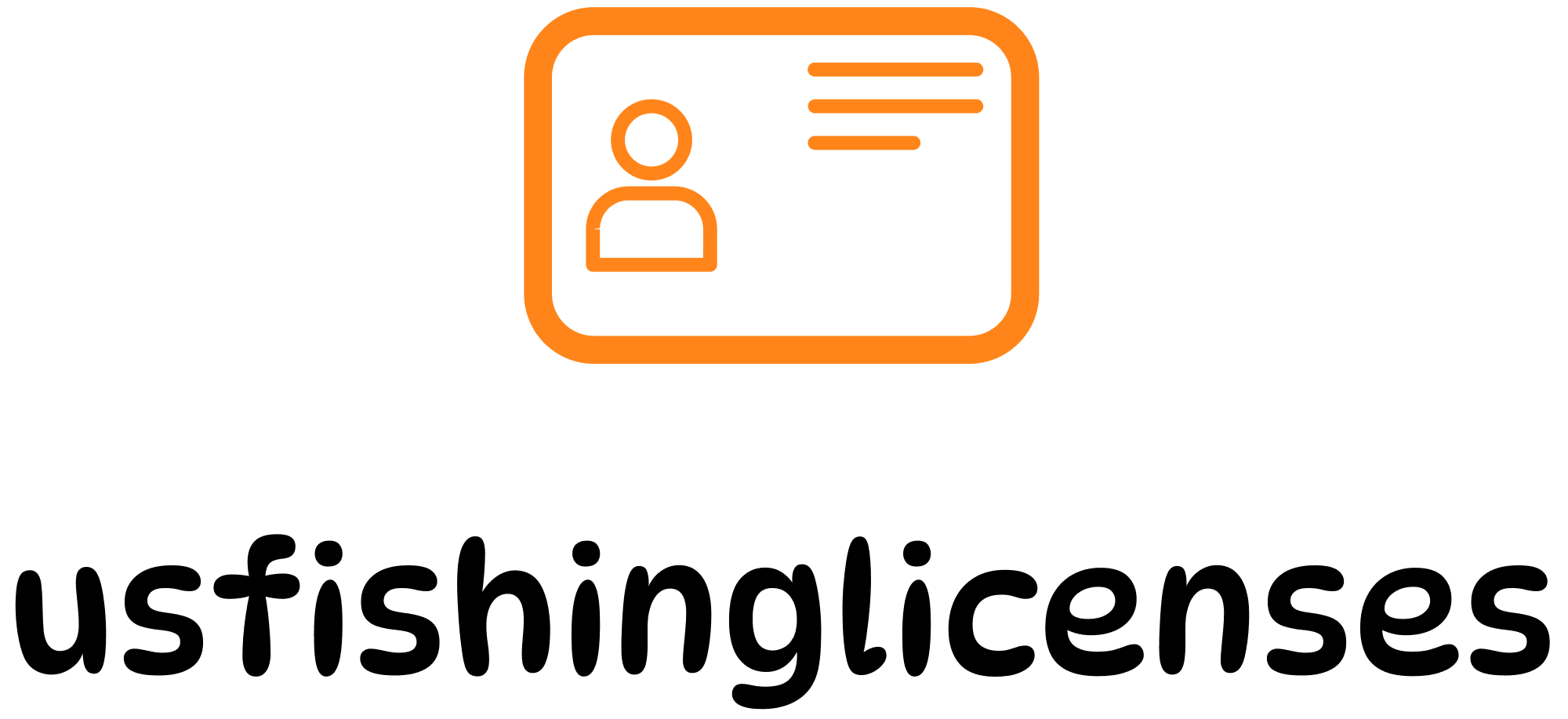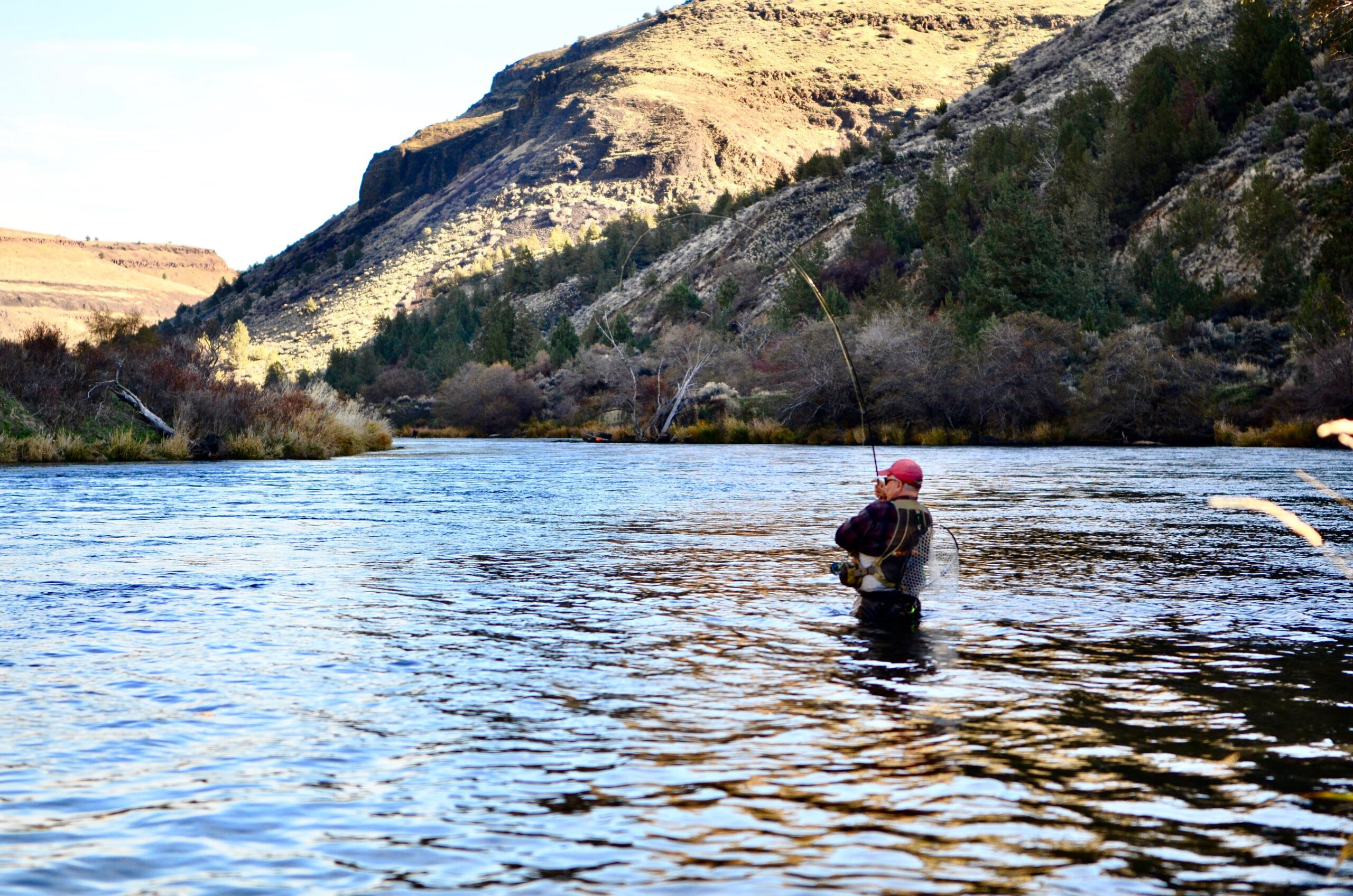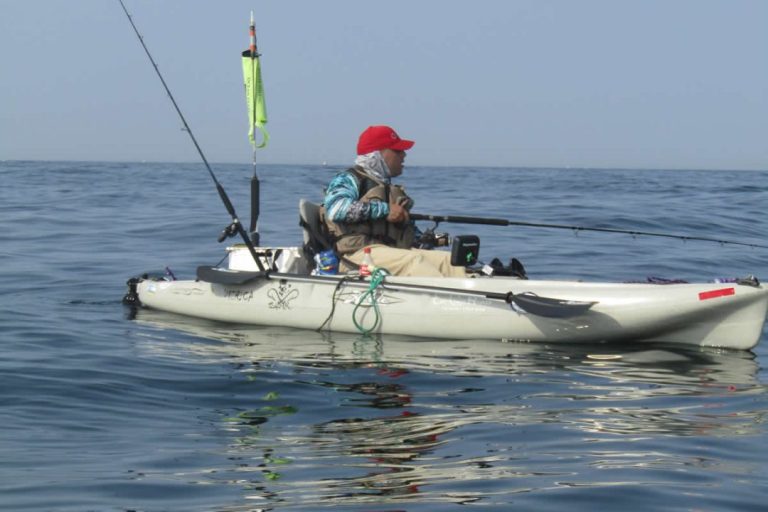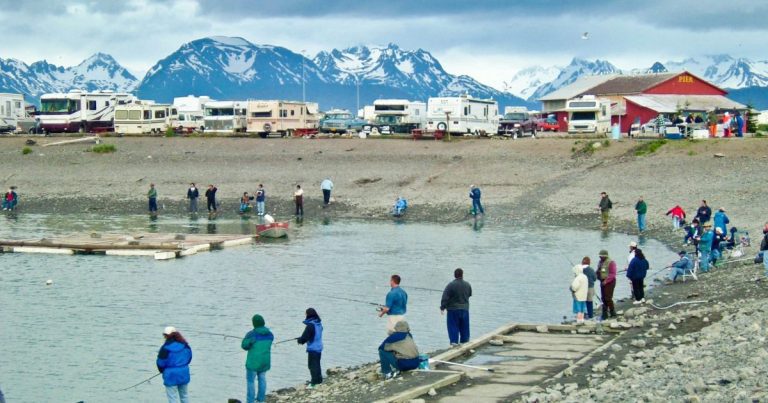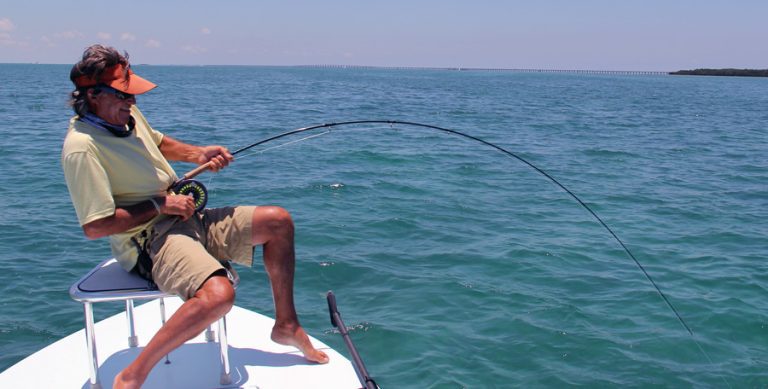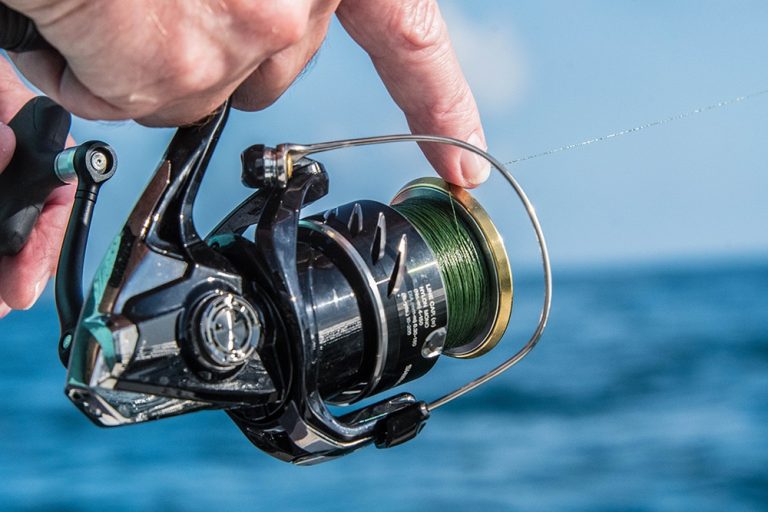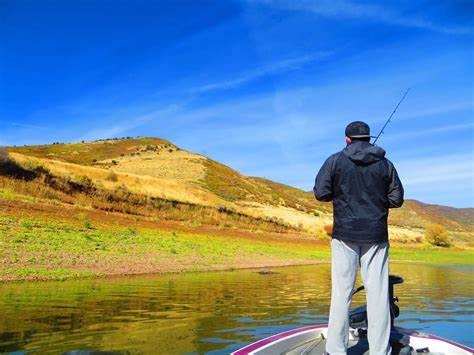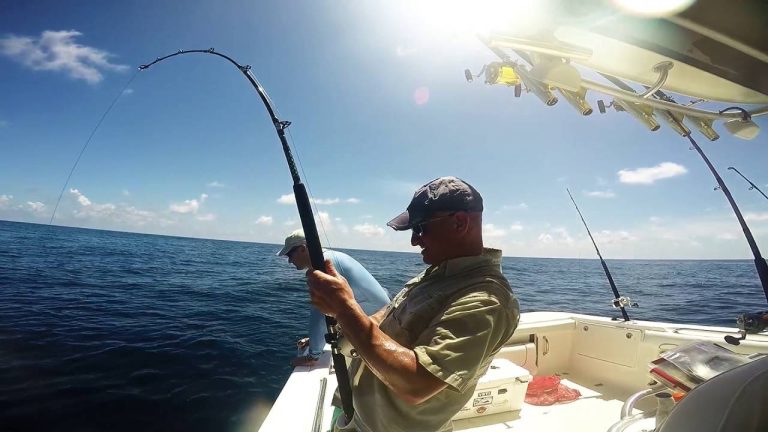The Florida Keys represent the pinnacle of saltwater fishing in the United States, offering anglers an unparalleled diversity of game fish species and fishing environments within a 125-mile island chain. From the world-famous flats of Islamorada to the deep blue waters off Key West, the Keys provide year-round opportunities to target some of the most sought-after fish in North America. Whether you’re pursuing the elusive grand slam of tarpon, bonefish, and permit, or heading offshore for billfish and mahi-mahi, the Florida Keys deliver exceptional fishing experiences for anglers of all skill levels.
Prime Fishing Species in the Florida Keys
The Florida Keys are renowned for hosting an impressive array of gamefish throughout the year. Each species offers unique challenges and rewards for anglers.
The Legendary “Flats Grand Slam”
The shallow-water flats of the Florida Keys are home to three iconic gamefish that comprise the coveted “grand slam”:
- Tarpon: Known as the “Silver King,” tarpon (100-200+ pounds) offer spectacular aerial displays when hooked. Prime tarpon season runs from April through July, with peak migration in May and June. These prehistoric fish are primarily caught in channels, bridges, and flats throughout the Keys.
- Bonefish: These “gray ghosts” of the flats (5-12 pounds) are prized for their blistering runs and challenging sight-fishing opportunities. Peak seasons are March through October, with the best fishing occurring on the expansive flats around Islamorada and Key West.
- Permit: Perhaps the most challenging of the slam species, permit (10-30 pounds) are notoriously selective feeders. They can be targeted year-round but are especially active from February through June. The flats and wrecks around Lower Matecumbe Key and Key West harbor exceptional permit populations.
Offshore Gamefish
The deep waters beyond the reef line offer thrilling big-game opportunities:
- Blue Marlin: These apex predators (200-600+ pounds) are primarily caught in the deep waters off Key West and the Marquesas, with peak season from May through September.
- Sailfish: The Keys host Florida’s premier sailfish fishery (30-80 pounds), particularly from November through April when cold fronts trigger migrations along the reef edge.
- Mahi-Mahi (Dolphin): These vibrant, hard-fighting fish (5-50+ pounds) are abundant from April through September, especially around floating debris and weed lines.
- Wahoo and Blackfin Tuna: Both provide fast-paced action and excellent table fare, with peak seasons from November through March.
Reef and Wreck Species
The extensive reef system and numerous wrecks throughout the Keys harbor:
- Snapper Species: Including yellowtail, mutton, and mangrove snappers, available year-round with various seasonal peaks.
- Grouper Varieties: Goliath, black, gag, and red grouper inhabit structure throughout the region, with season closures varying by species.
- Cobia and Amberjack: These hard-fighting fish frequent reefs and wrecks, particularly during winter and spring months.
Premier Fishing Destinations in the Keys
Each region of the Florida Keys offers distinct fishing opportunities, habitats, and target species.
Key Largo
As the northernmost island in the chain, Key Largo provides exceptional access to both Florida Bay and Atlantic waters.
Top fishing opportunities:
- John Pennekamp Coral Reef State Park for reef fishing
- Molasses Reef for yellowtail snapper and grouper
- Florida Bay flats for bonefish and permit
- Channel areas for tarpon, especially during spring migration
“Key Largo offers some of the most accessible reef fishing in the Keys, with fantastic yellowtail snapper action year-round,” notes Captain Jeff Shelar of Keys Adventure Charters.
Islamorada: The Sportfishing Capital
Islamorada justifiably claims the title of “Sportfishing Capital of the World” with its legendary flats and offshore opportunities.
Top fishing opportunities:
- World-class flats fishing for the grand slam species
- Productive reef edges for snapper and grouper
- Alligator Reef lighthouse area for mixed-bag action
- Florida Bay for exceptional backcountry fishing
The Florida Fish and Wildlife Conservation Commission recognizes Islamorada as having “some of the most productive flats fishing habitat in the world, particularly for permit and bonefish”.
Marathon
Located in the Middle Keys, Marathon offers perhaps the most diverse fishing opportunities in the entire chain.
Top fishing opportunities:
- Seven Mile Bridge for tarpon and permit
- Sombrero Reef for snapper, grouper, and barracuda
- Gulf and Atlantic access for varied species
- The Marathon Hump for tuna and amberjack
“The Marathon Hump is one of the few true seamounts in Florida waters, rising from depths of over 1,000 feet to about 480 feet below the surface, creating an underwater oasis for pelagic species,” explains marine biologist Dr. Michelle Patterson.
Big Pine Key and the Lower Keys
The Lower Keys provide a less-crowded alternative with exceptional backcountry and flats fishing.
Top fishing opportunities:
- Content, Harbor, and American channels for tarpon
- Marquesas Keys for permit and various flats species
- Numerous backcountry areas for snook and redfish
- The Content Keys for exceptional shallow-water action
Key West
The southernmost Florida Key offers world-class opportunities both inshore and offshore.
Top fishing opportunities:
- The Marquesas for permit and various flats species
- Key West Harbor for tarpon, especially during summer
- Offshore waters for billfish, tuna, and mahi-mahi
- Western Dry Rocks for mixed-species reef fishing
Fishing Environments in the Florida Keys
The Florida Keys offer four distinct fishing environments, each requiring different techniques and targeting different species.
Offshore/Deep Sea Fishing
Venturing beyond the reef line (typically 3-20 miles offshore) gives anglers access to pelagic species including:
- Billfish (blue marlin, white marlin, sailfish)
- Mahi-mahi (dolphin)
- Tuna (blackfin, occasionally yellowfin)
- Wahoo
- Kingfish
Techniques include trolling with ballyhoo, artificial lures, and live baiting. Deep dropping for swordfish has also become increasingly popular in recent years.
Reef Fishing
The extensive reef system running parallel to the Keys (typically in 20-150 feet of water) holds:
- Yellowtail, mutton, and mangrove snapper
- Black, gag, and red grouper
- Cobia
- Amberjack
- Barracuda
Methods include bottom fishing with live and cut bait, as well as vertical jigging.
Flats Fishing
The shallow-water flats (1-4 feet deep) surrounding the Keys are world-famous for sight fishing opportunities targeting:
- Bonefish
- Permit
- Tarpon (seasonal)
- Barracuda
- Sharks
This style of fishing typically involves poling across shallow flats, spotting fish, and making precision casts with flies or light tackle.
Backcountry Fishing
The protected waters between the Keys and mainland Florida offer sheltered fishing for:
- Snook
- Redfish
- Spotted seatrout
- Jack crevalle
- Mangrove snapper
This environment is perfect for light tackle and fly fishing, particularly during windy conditions when other areas might be difficult to fish.
Seasonal Fishing Calendar
The Florida Keys offer excellent fishing year-round, but certain species peak at different times. The following table provides a comprehensive guide to help plan your trip:
| Season | Peak Species | Notes |
|---|---|---|
| Winter (Dec-Feb) | Sailfish, Wahoo, Kingfish, Snapper | Cold fronts trigger sailfish migrations; reef fishing excels |
| Spring (Mar-May) | Tarpon, Permit, Mahi-Mahi, Blackfin Tuna | Prime tarpon migration begins; offshore action picks up |
| Summer (Jun-Aug) | Tarpon, Bonefish, Mahi-Mahi, Marlin | Peak flats fishing; excellent offshore action |
| Fall (Sep-Nov) | Bonefish, Permit, Snapper, Early Sailfish | Hurricane season may affect conditions; excellent all-around fishing |
Essential License and Regulation Information
Before heading out on your Florida Keys fishing adventure, ensure you have the proper licensing and understand local regulations.
Licensing Requirements:
- All anglers 16 and older need either a Florida saltwater fishing license or a valid exemption
- Special permits are required for certain species (tarpon, snook, lobster)
- Non-residents can purchase licenses for 3-day, 7-day, or annual periods
You can obtain your Florida saltwater fishing license online through US Fishing Licenses, which provides a convenient way to secure all necessary permits before your trip.
Important Regulations:
- Many species have size and bag limits that change periodically
- Some species have closed seasons (certain groupers, for example)
- Special regulations exist for protected areas like marine sanctuaries
Always check the latest Florida Fish and Wildlife Conservation Commission regulations before your trip, as rules are subject to change.
Charter Options Throughout the Keys
While experienced anglers with their own boats can find success independently, charter captains provide invaluable local knowledge and access to prime fishing spots.
Types of charters available:
- Full-day offshore (typically 8 hours)
- Half-day reef/wreck trips (4-6 hours)
- Specialized flats guided trips (4-8 hours)
- Multiday excursions to remote locations like the Marquesas
- Party/head boats for more economical reef fishing
Charter costs vary seasonally but typically range from $400-$600 for half-day trips to $900-$1,800 for full-day offshore excursions. Specialized fly fishing guides for flats species often command premium rates of $750-$1,100 per day.
Conservation in the Florida Keys
The Florida Keys National Marine Sanctuary encompasses approximately 2,900 square nautical miles of waters surrounding the island chain, employing various conservation measures to ensure sustainable fishing for future generations.
Key conservation practices for anglers:
- Use circle hooks when possible to reduce mortality in released fish
- Employ proper catch-and-release techniques, particularly for tarpon and bonefish
- Respect closed seasons and protected areas
- Participate in tag-and-release programs through the Bonefish & Tarpon Trust and similar organizations
- Follow FWC’s best practices for fish handling and release
“The sustainability of our fisheries depends on ethical angling practices and habitat conservation,” explains Dr. Aaron Adams, Director of Science and Conservation at Bonefish & Tarpon Trust. “The Keys are a global model for how effective conservation can preserve world-class fisheries.”
Planning Your Florida Keys Fishing Trip
For the ultimate Keys fishing experience, consider these essential planning tips:
Best times to visit:
- April-June offers optimal conditions for targeting multiple species
- Winter months (Dec-Feb) provide excellent sailfish opportunities
- Summer (Jun-Aug) offers consistent weather but hotter conditions
- September-October may offer value pricing but carries hurricane risk
Suggested trip duration:
- 3-4 days minimum to account for weather variables
- 5-7 days ideal for targeting multiple species and environments
- Consider splitting time between different Keys locations for variety
Accommodations:
The Florida Keys offer accommodation options ranging from luxury resorts to fishing lodges and vacation rentals. Many fishing-focused properties offer dockage, cleaning stations, and connections with local guides.
Conclusion
The Florida Keys stand as North America’s premier saltwater fishing destination, offering an unmatched combination of diverse species, accessible fishing grounds, and year-round opportunities. From the technical challenge of sight-casting to permit on the flats to the raw power of battling blue marlin offshore, the Keys provide fishing experiences that create lifetime memories.
With proper planning, ethical angling practices, and the right approach to each unique environment, anglers of all skill levels can experience the exceptional fishery that has made the Florida Keys legendary among saltwater enthusiasts worldwide.
